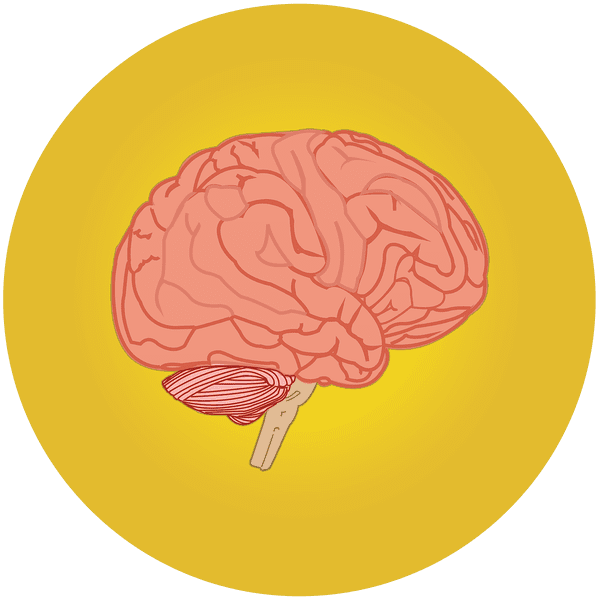Anorexia Nervosa and Mental Health: Childhood Trauma
Anorexia Nervosa is a multisystem disease that can lead to medical complications affecting all body systems (Gibson, Workman, & Mehler, 2019). Anorexia Nervosa has one of the highest death rates of all mental health disorders with almost 6% death per decade (Keel & Forney, 2015) and almost are death by suicide (Koutek, Kocourkova, & Dudova, 2016.
Some symptoms of anorexia include an extreme limit of food or drastic changes of the body due to lack of necessary nutrients.
Most understanding of anorexia nervosa centers on the body image paradigm with the person viewing themselves with distortion (Malecki, Rhodes, and Ussher, 2018). The bigger issue is childhood abuse and events, including generational trauma patterns that are unrecognizable or not spoken about within the family dynamic.
Childhood trauma is an event or series of events that cause distress as an injury emotionally, physically, psychologically, spiritually, or sexually and will cause disruption to a sense of self (Young, 1992).
The body may subconsciously prevent the woman or man from going through some of the deepest emotional pain associated with sexual trauma or any traumatic event. Young (1992) coined the term of the living in the body and viewing it as unsafe, broken, or dark at the places of betrayal.
The distress that women, and men, may face with their bodies following the aftermath of sexual trauma may vary. Often, Anorexia Nervosa may not be the primary type of eating disorder women or men gravitate toward in an attempt to avoid feeling pain. Some women and men survivors of abuse may go through different types of eating disorders to release emotions. Anorexia.
Survivors of sexual trauma with Anorexia Nervosa often may begin to view their body as an object for others and become numb to their feelings. Sometimes, the woman or man survivor of sexual trauma may also feel like they outside of the body and viewing themselves through another person’s gaze as an object.
Rather than feel the emotional pain, the body begins to feel all of the pain in its reaction to lack of food and nutrients in the form of bodily pain or hunger pain, stomachaches, physical exhaustion, or a difference in their body systems. In other words, rather than process the pain of the event the women or men are feeling what happens when the body receives pain in the attempt not to eat.
Brown C, Mehler PS. Medical complications of anorexia nervosa and their treatments: an update on some critical aspects. Eating and Weight Disorders: EWD. 2015 Dec;20(4):419-425. DOI: 10.1007/s40519-015-0202-3.
Malecki, J., Rhodes, P., & Ussher, J. (2018). Childhood trauma and anorexia nervosa: from body image to embodiment. Health Care For Women International, 39, 936-951.
Keel, P., K., & Forney, K., J. (2015). Prevalence and incidence of eating disorders in Western societies. In L. Smolak & M. P. Levine (Eds.), The Wiley handbook of eating disorders (pp. 51–63). Chichester: John Wiley & Sons. doi:10.1002/9781118574089.ch5
Koutek, J., Kocourkova, J., & Dudova, I. (2016). Suicidal behavior and self-harm in girls with eating disorders. Neuropsychiatric Disease and Treatment, 12, 787–793. doi:10.2147/ NDT.S103015
Young, L. (1992). Sexual abuse and the problem of embodiment. Child Abuse & Neglect, 16(1), 89–100. doi:10.1016/0145-2134(92)90010-O


